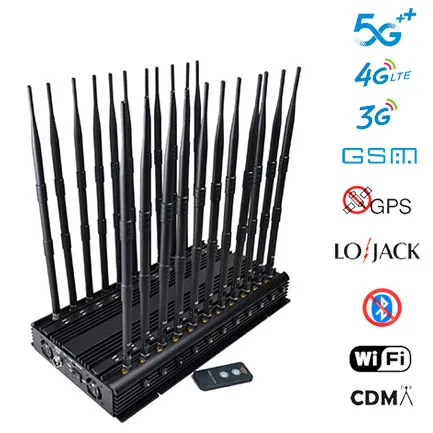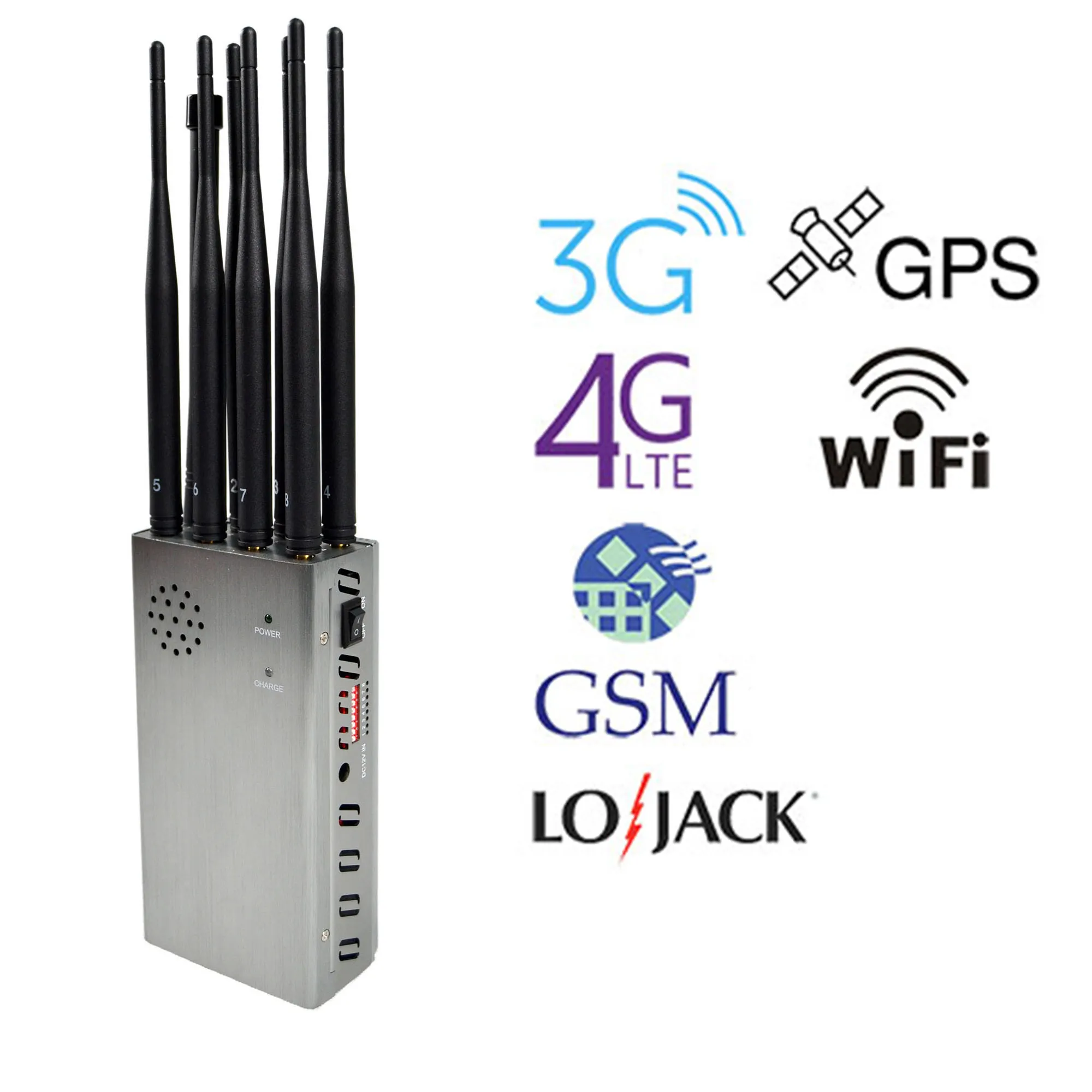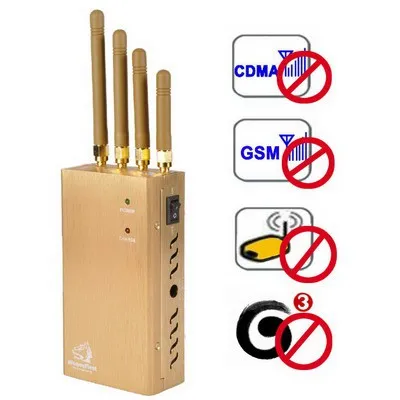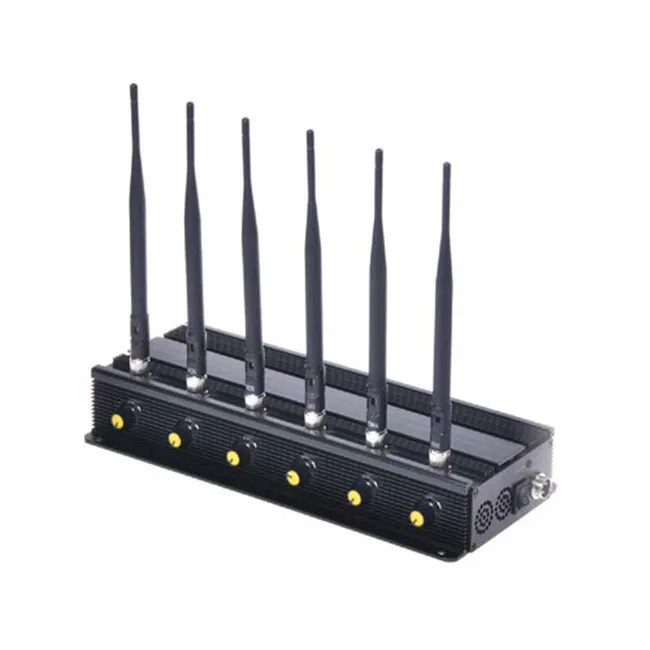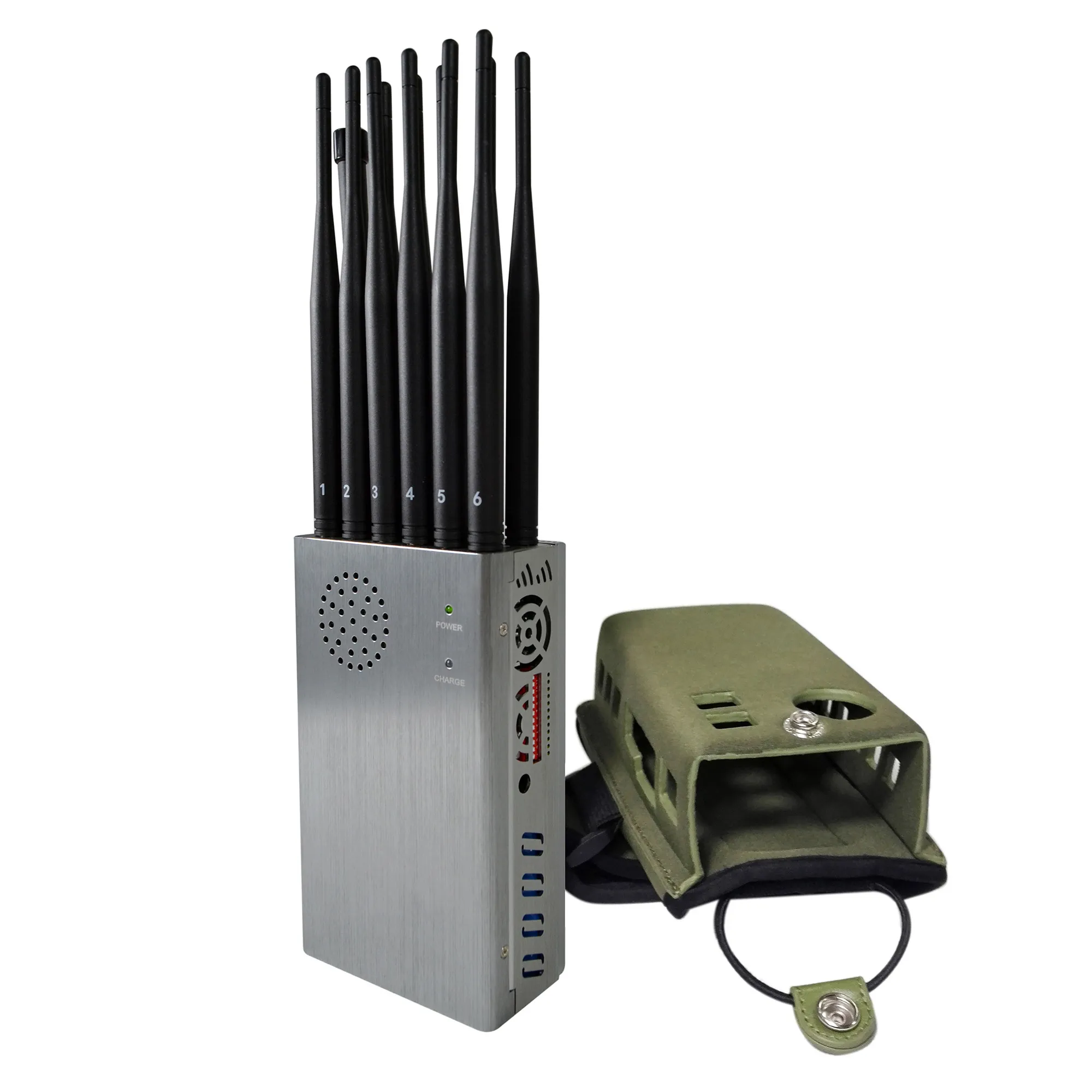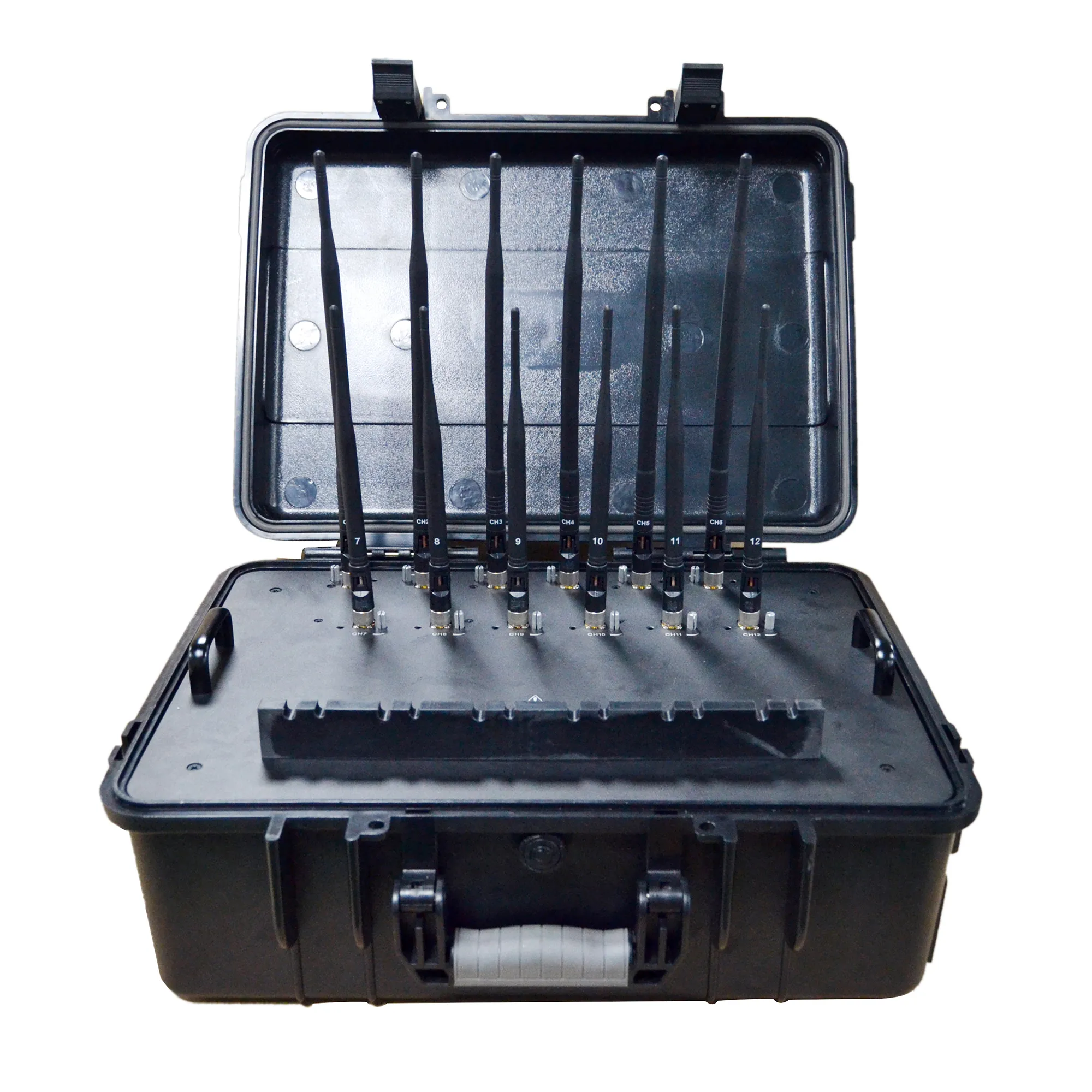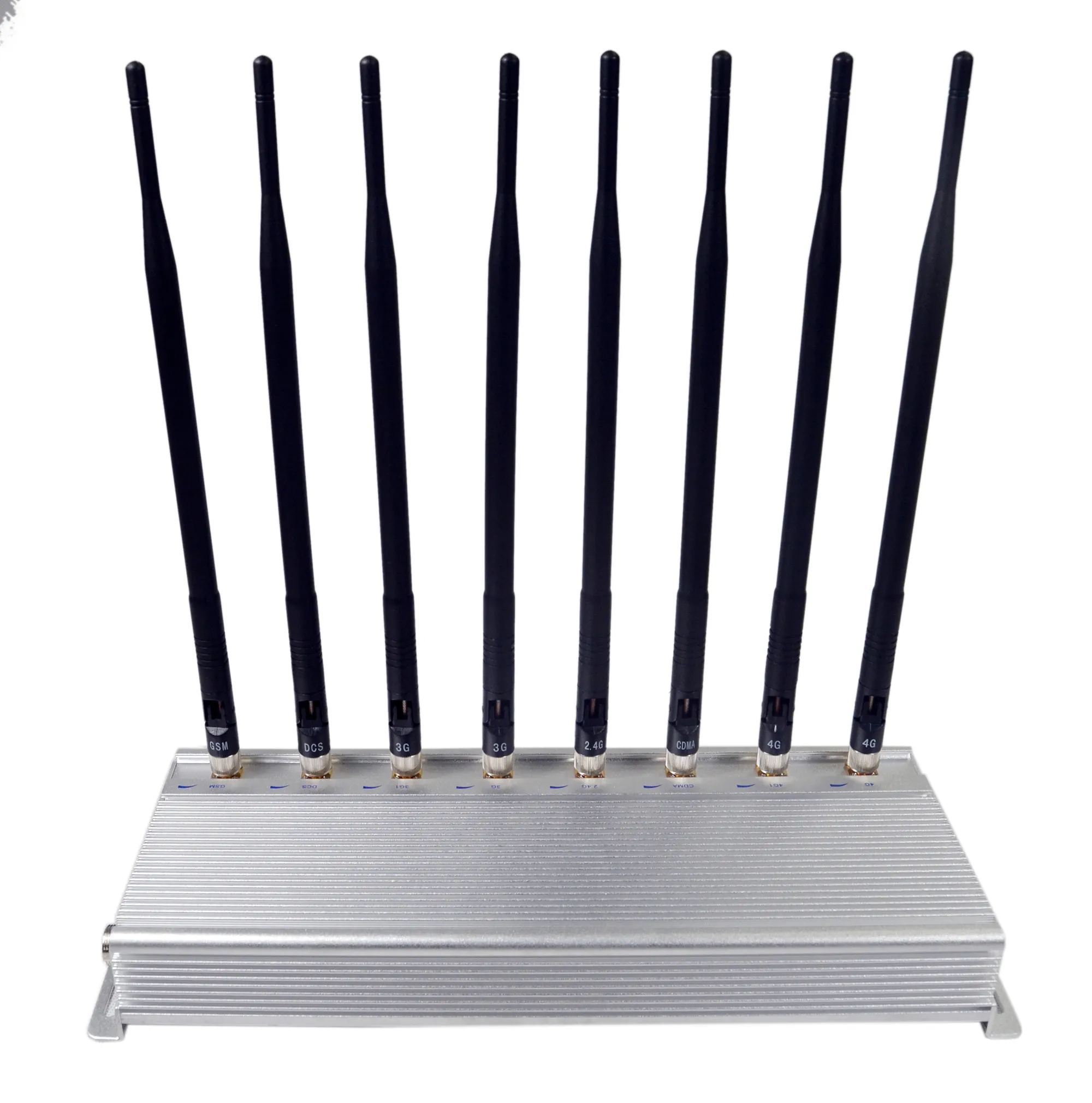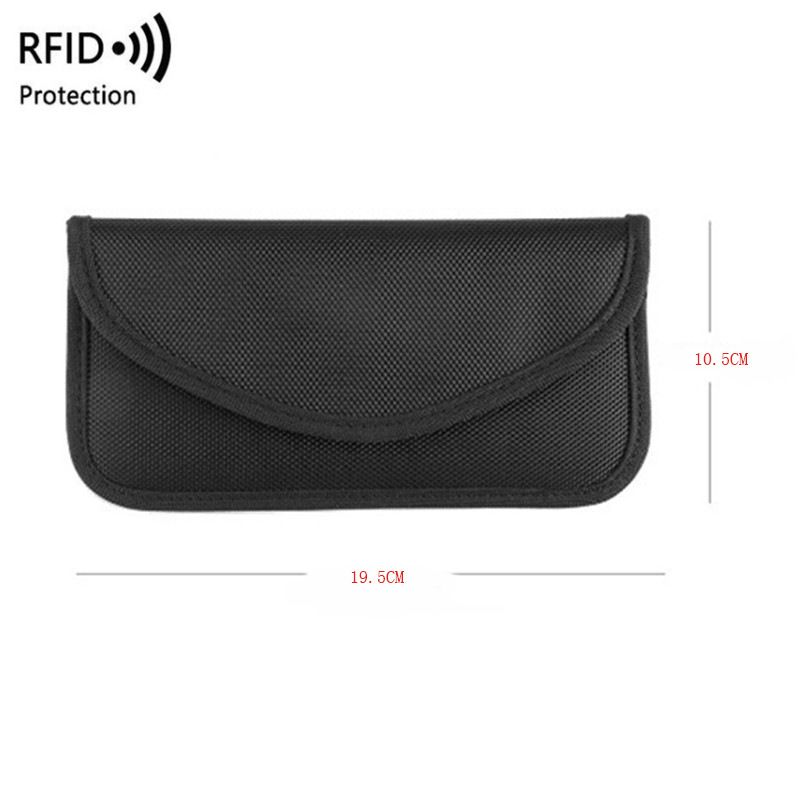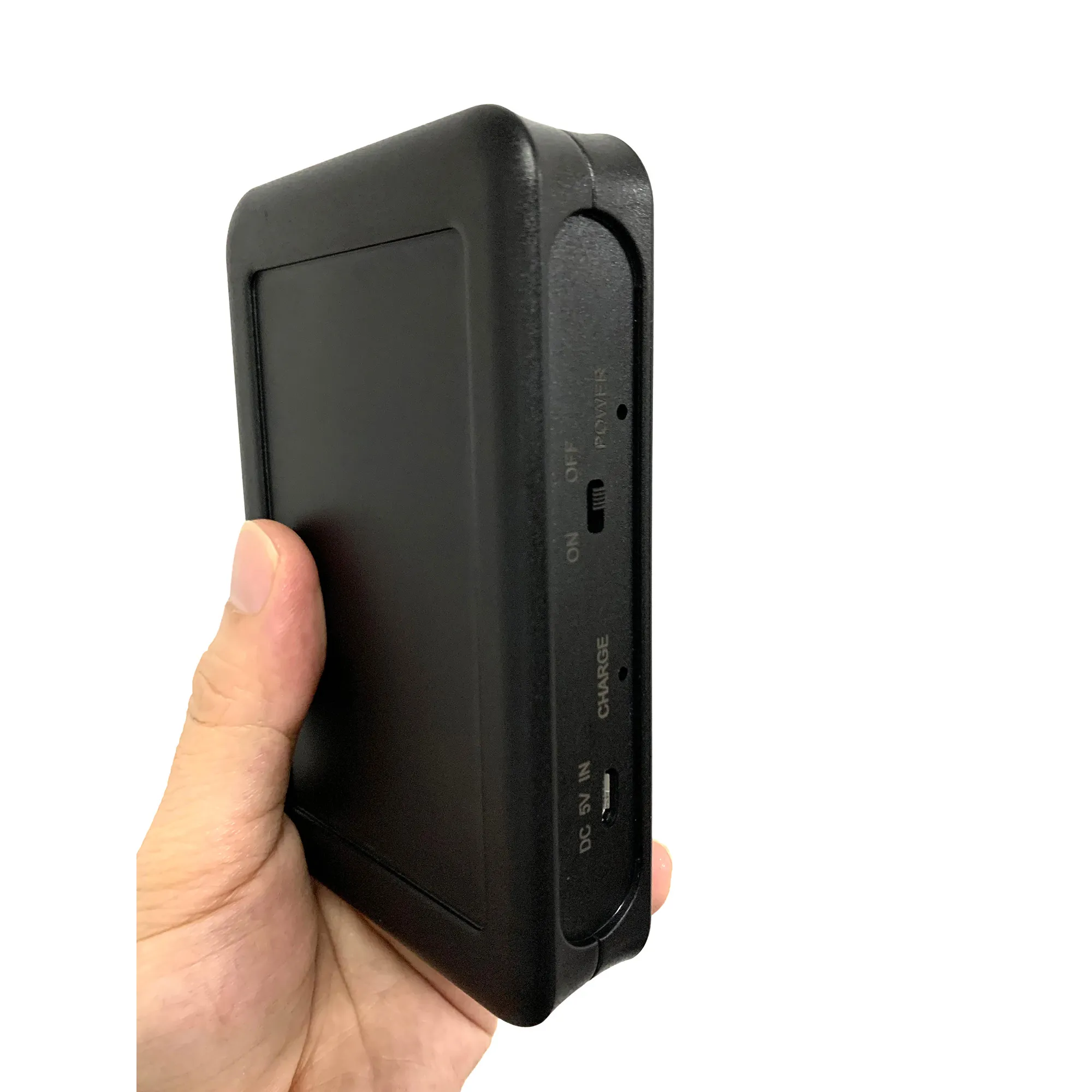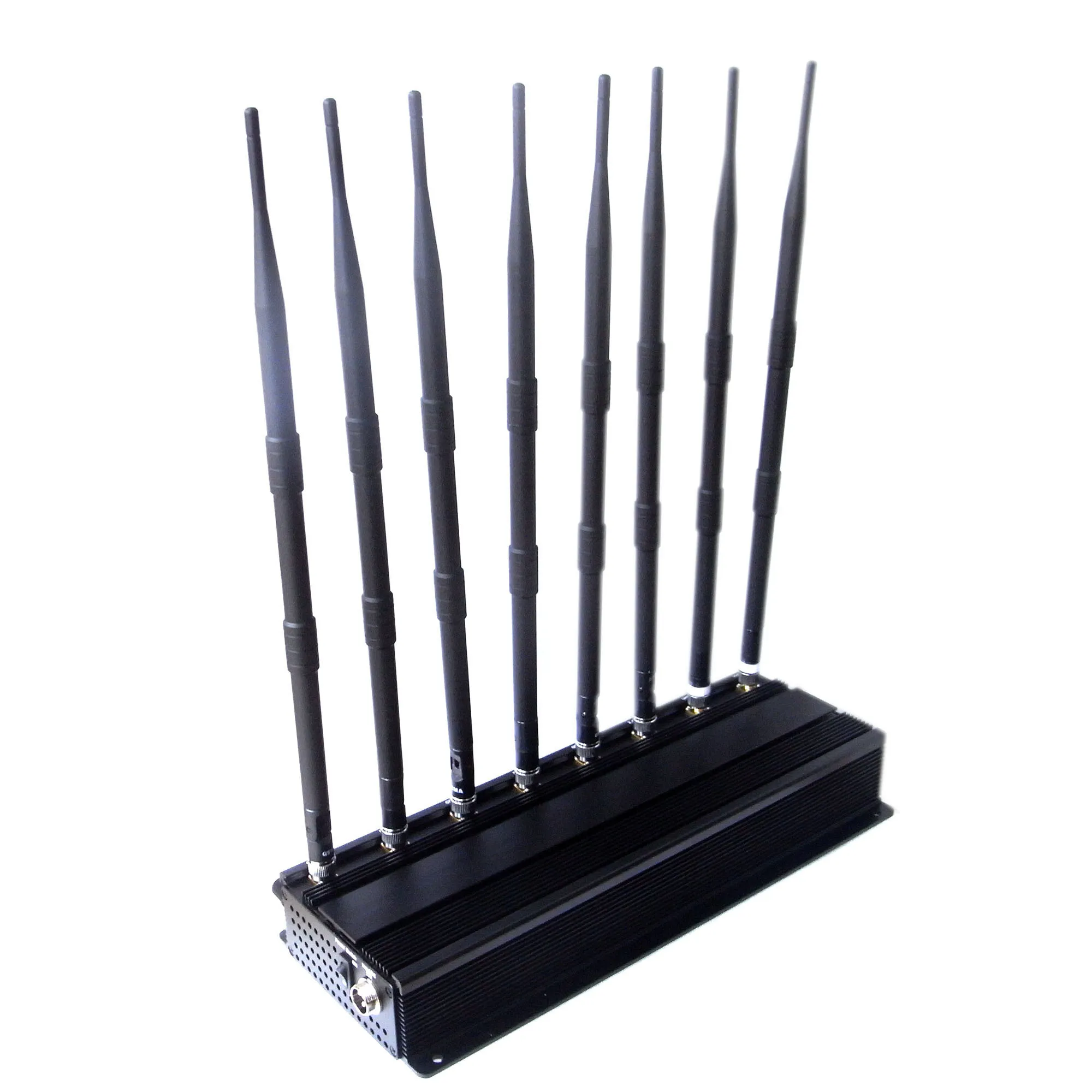
From offshore wind farm construction and port dredging to marine design and submarine cable laying, GPS receivers have become key components in many offshore and nearshore applications. Any interruption of maritime GPS positioning will have dangerous and costly consequences. GPS downtime is increasingly attributed to interference.
A car jammer was placed on Shelter Island to simulate the impact of GPS Jammers in San Diego Bay.
The transmit Power is equivalent to that of a standard light bulb, and GPS signals are expected to travel more than 20,000 kilometers (12,400 miles), which is still suitable for high-precision position calculations. In most cases, the signals arrive relatively smoothly, but are almost unrecognizable above the thermal noise floor, so they can be a cover for any passing interference.
RTK and PPP are particularly vulnerable
Marine applications are increasingly using high-precision positioning such as RTK and PPP, which use not only the modulated code information on the signal, but also the phase of the signal itself. In the presence of interference, these phase-based modes will suffer first.
Use GPS jammers strictly
The use of GPS jammers is strictly prohibited, but GPS simulators can be used to estimate their impact. Taking the Port of San Diego as an example, the simulator was programmed to generate the GPS signal that the receiver would see on the ship there. By mixing the simulator signal with the interference signal, the interference from the GPS signal can be simulated. Due to the location of the jammer, and the GPS receiver is located on a ship near the bay, the radio wave propagation model can be used to infer the impact of jamming throughout the bay.
The role of rp jammer
The results in Figure 2 show that in the absence of AIM + interference mitigation, a smaller 10mW chirp jammer can cover several hundred meters of RTK positioning. After activating AIM+, the non-RTK area near the jammer will be reduced to a few meters.
The influence of 10mW chirp jammer with and without AIM+ interference attenuation on GPS positioning in San Diego Bay
The role of continuous wave jammer
By repeating the test with a continuous wave (CW) jammer of the same Power , the results of using AIM+ are more significant. Without AIM+, CW interference sources in nearshore parking lots will prevent RTK positioning. Or any GPS positioning over most of the bay and extending to several kilometers of the sea surface, so that the jammer is directly visible.
The impact of 10mW continuous wave jammer with and without AIM+ interference attenuation on GPS positioning in San Diego Bay
Resolve interference
The holistic approach puts interference considerations at the forefront of receiver design and incorporates them into every step of signal processing. For OEM AsteRx4 and AsteRx-U, the antenna signal is digitized immediately after filtering, and several adaptive notch filters are used to automatically remove interference.
According to the nature of the interference, the bandwidth of the stop band will automatically be adjusted from a few kHz steps to 1 MHz suppression. The notch filter is supplemented by an adaptive filter that can suppress more complex types of interference (such as interference from chirp jammers, frequency hopping signals from DME/TACAN devices, and Power Inmarsat transmitters).


